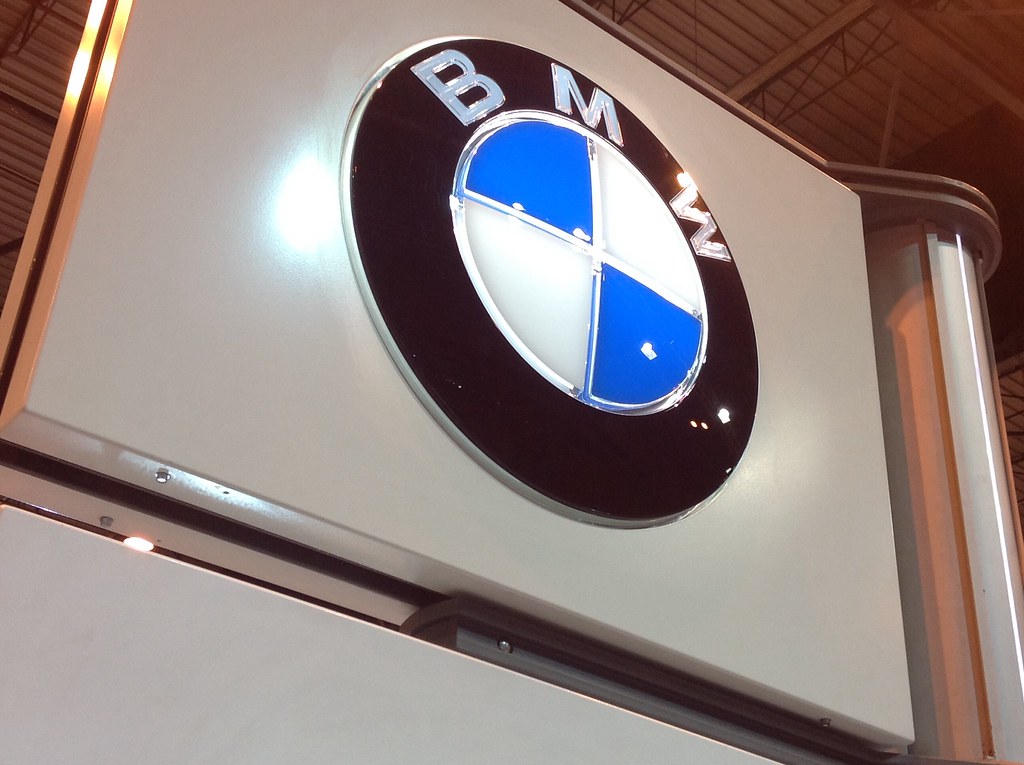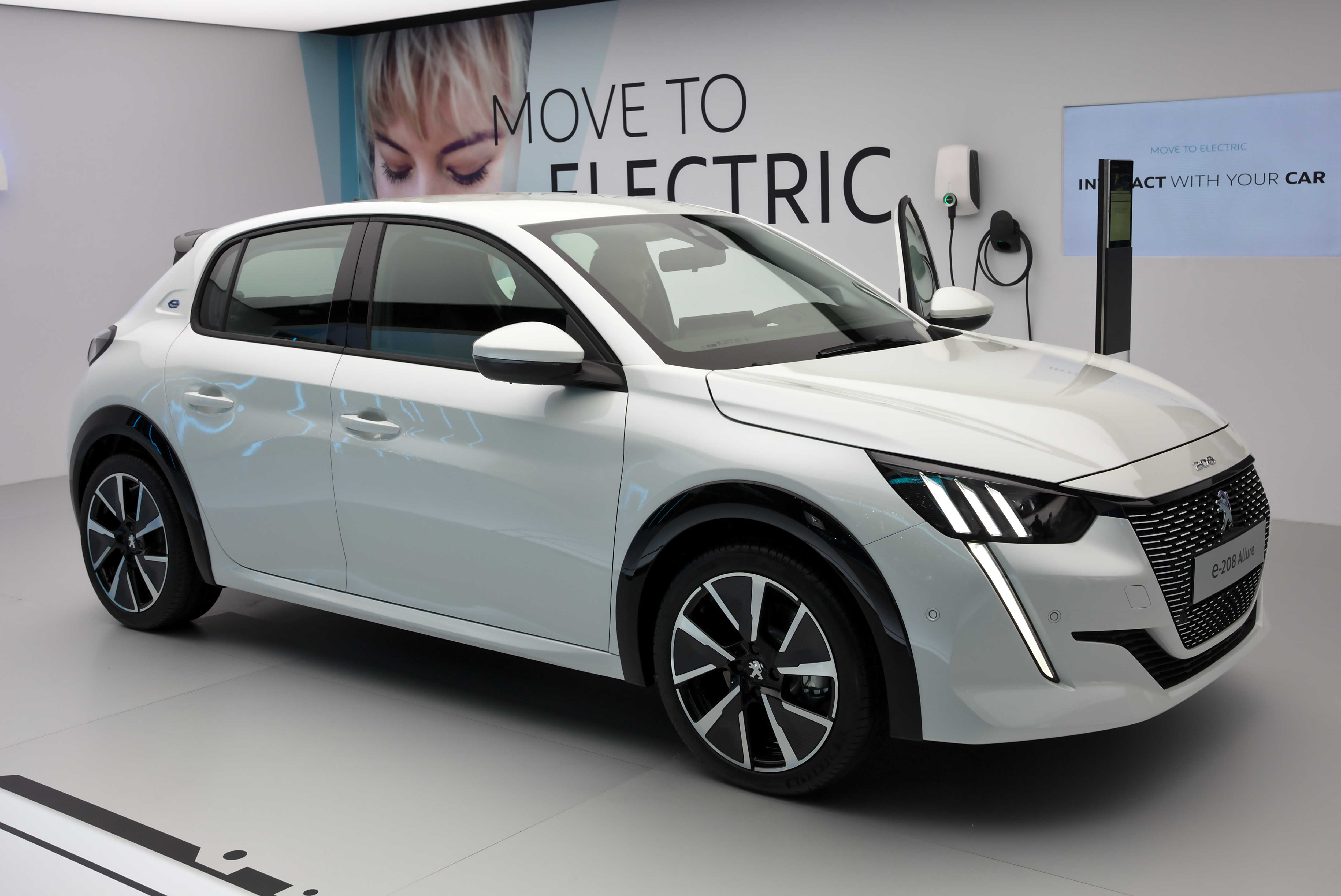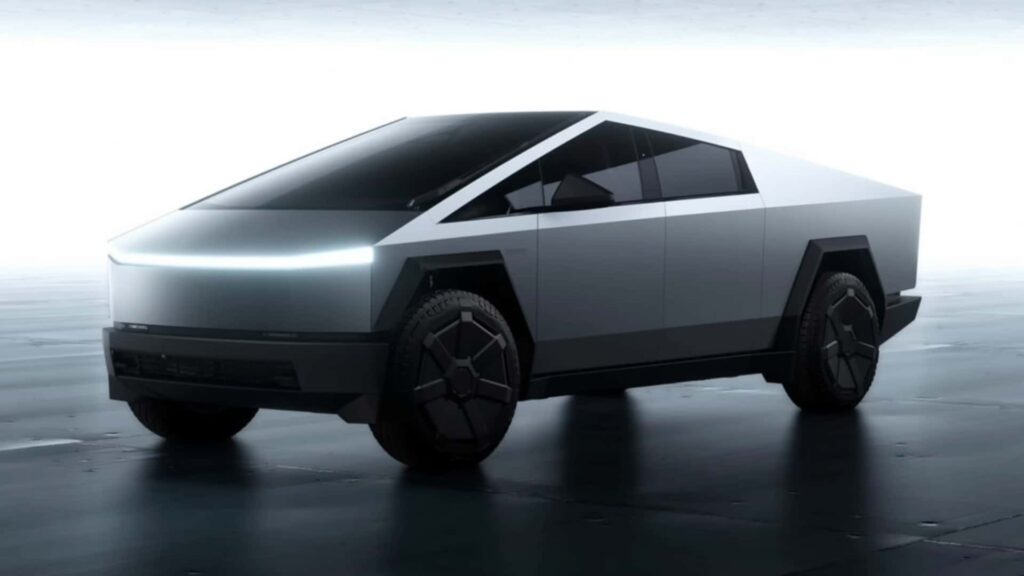
Tesla’s Cybertruck arrived not just as another vehicle, but as a stark, unapologetic statement. From its initial reveal in November 2019, its unpainted stainless steel exoskeleton and angular form factor immediately carved a deep divide in public opinion, sparking debates that transcended typical automotive discussions. This wasn’t merely a new pickup; it was a redefinition, challenging conventional aesthetics and engineering paradigms in a way only Tesla seems capable of doing, forcing a re-evaluation of what a truck can be.
The journey of the Cybertruck, much like many of Tesla’s ambitious endeavors, has been characterized by both groundbreaking innovation and significant delays. Pilot production commenced in July 2023, with initial deliveries following swiftly on November 30, 2023. This culmination of years of anticipation highlights the complexities inherent in bringing such a novel vehicle to mass production, yet its story is inextricably linked to the broader narrative of Tesla itself—a company that consistently pushes boundaries.
This article delves into the unconventional world of the Cybertruck, examining its radical design, its tortuous path to market, and the underlying Tesla philosophies that birthed such a polarizing machine. We will explore how this audacious pickup fits into Tesla’s larger product strategy, the unique business model supporting its creation, and the technological innovations empowering it. Understanding the Cybertruck requires a comprehensive look at the forces that have shaped Tesla into the global automotive and clean energy powerhouse it is today.

1. **The Cybertruck’s Unconventional Design and Polarizing Reception**The Tesla Cybertruck stands alone in the automotive landscape, defined by an aesthetic that is both futuristic and aggressively utilitarian. Its exterior design, famously crafted from flat sheets of unpainted stainless steel, eschews the curvilinear forms prevalent across the industry. This choice of material and geometry wasn’t merely a stylistic flourish; it was an engineering decision rooted in durability and manufacturing simplicity, designed to withstand significant impacts while simplifying the stamping process. The resulting silhouette is unlike any other production vehicle, drawing comparisons ranging from stealth bombers to science fiction movie props.
The Tesla Cybertruck stands alone in the automotive landscape, defined by an aesthetic that is both futuristic and aggressively utilitarian. Its exterior design, famously crafted from flat sheets of unpainted stainless steel, eschews the curvilinear forms prevalent across the industry. This choice of material and geometry wasn’t merely a stylistic flourish; it was an engineering decision rooted in durability and manufacturing simplicity, designed to withstand significant impacts while simplifying the stamping process. The resulting silhouette is unlike any other production vehicle, drawing comparisons ranging from stealth bombers to science fiction movie props.
This radical departure from traditional pickup truck design has, predictably, earned a notably polarizing reception from the media and the public alike. Some hail it as a visionary leap, a bold declaration against automotive conformity, heralding a new era of industrial design. Others dismiss it as impractical, aesthetically jarring, or simply unfinished, questioning its appeal to a mainstream truck market deeply rooted in established conventions. The sheer audacity of its appearance ensures that few remain neutral, sparking conversations that elevate the Cybertruck beyond a mere vehicle to a cultural phenomenon.
Beyond aesthetics, the Cybertruck’s design is intrinsically linked to its functionality. The unpainted stainless steel offers robust protection, challenging traditional body-on-frame construction with an exoskeleton approach. This construction, while innovative, presented manufacturing complexities, contributing to delays from its November 2019 announcement. Despite initial high production capacity plans, the actual ramp-up has been slower, with approximately 20,000 units sold annually by 2025, contrasting with projected 250,000-plus. Its bold form factor is not just about looks; it’s a testament to Tesla’s willingness to challenge established norms at every level.
Car Model Information: 2024 Tesla Cybertruck All-Wheel Drive
Name: Tesla Cybertruck
Caption: 2024 Tesla Cybertruck, Foundation Series
Manufacturer: Tesla, Inc.
Production: November 2023 – present
ModelYears: 2024–present
Assembly: Austin, Texas
Designer: unbulleted list
Class: Pickup truck
BodyStyle: crew cab
Layout: unbulleted list
Transmission: Single-speed fixed (15:1 ratio)
ElectricRange: cvt
Wheelbase: cvt
Length: cvt
Width: cvt
Height: cvt
Weight: Unbulleted indent list
Sp: us
Charging: unbulleted list
Battery: val
Motor: unbulleted indent list
Categories: 2020s cars, All-wheel-drive vehicles, All Wikipedia articles written in American English, All articles containing potentially dated statements, All articles with unsourced statements
Summary: The Tesla Cybertruck is a battery-electric full-size pickup truck manufactured by Tesla, Inc. since 2023. It was first unveiled as a prototype in November 2019, featuring a distinctive angular design composed of flat, unpainted stainless steel body panels, drawing comparisons to low-polygon computer models.
Originally scheduled for production in late 2021, the vehicle faced multiple delays before entering limited production at Gigafactory Texas in November 2023, with initial customer deliveries occurring later that month. As of 2025, three variants are available: a tri-motor all-wheel drive (AWD) model marketed as the “Cyberbeast”, a dual-motor AWD model, and a single-motor rear-wheel drive (RWD) “Long Range” model. EPA range estimates vary by configuration, from 320 to 350 miles (515 to 565 km).
As of 2025, the Cybertruck is sold in the United States, Mexico, Canada and South Korea. The Cybertruck has been criticized for its production quality and safety concerns while its sales have been described as disappointing.
Get more information about: Tesla Cybertruck
Buying a high-performing used car >>>
Brand: Tesla Model: Cybertruck
Price: $75,395 Mileage: 2,133 mi.
Read more about: Seeing the Tesla Cybertruck In Person: Massive, Polarizing, and Like Nothing Else
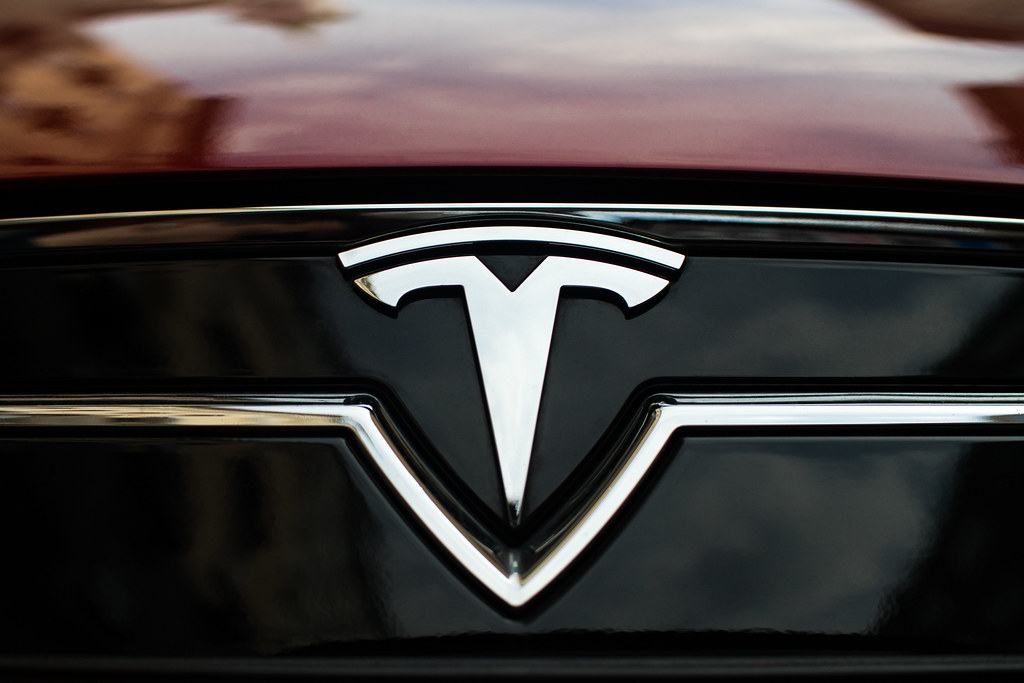
2. **The Production Journey of Cybertruck: From Vision to Reality** The production path of Cybertruck, like its design, is full of challenges. This vehicle made its debut in November 2019 and attracted global attention, but the process of finally reaching consumers was not smooth. The initially anticipated trial production finally started in July 2023, marking a key milestone for Cybertruck. Prior to this, its production had been postponed multiple times, which tested the patience of eager reservation holders and industry observers. Such a long construction period highlights the inherent complexity of putting such a new type of vehicle into mass production.
Deliveries officially began on November 30, 2023, almost precisely four years after its initial unveiling. This period was filled with speculation, engineering challenges, and public discourse around its unique stainless-steel body and manufacturing process. Tesla’s decision to utilize ultra-hard 30X cold-rolled stainless steel, which requires different manufacturing techniques than traditional automotive sheet metal, undoubtedly contributed to these delays. The promise was unmatched durability; the reality was a steeper learning curve for production.
Cybertruck offers three different configurations: rear-wheel drive, dual-motor all-wheel drive, and a powerful tri-motor all-wheel drive. These configurations can meet various performance and range requirements, with EPA-estimated range estimates ranging from 320 to 340 miles. The availability of multiple configurations at launch demonstrates Tesla’s strategy of providing different performance tiers within its product lineup.。
Despite the excitement, the company initially faced challenges scaling production to its ambitious targets. Tesla had planned for over 250,000 units annually; however, as of 2025, only around 20,000 units are sold per year. This discrepancy reflects difficulties in ramping up a vehicle deviating so significantly from conventional automotive manufacturing, alongside potential market adjustments. The Cybertruck’s journey from concept to tangible product illustrates Tesla’s ambition and engineering hurdles in transforming radical ideas into reality.

3. **Tesla’s Foundational Principles: From Roadster to Cybertruck**To truly appreciate the Cybertruck, one must understand the evolutionary trajectory of Tesla itself, a company founded on principles that deliberately diverged from industry norms. Incorporated in July 2003 by Martin Eberhard and Marc Tarpenning, Tesla Motors’ genesis was rooted in a vision of a car manufacturer that was fundamentally a technology company. Its core technologies, as articulated by Eberhard, were “the battery, the computer software, and the proprietary motor,” laying the groundwork for every subsequent vehicle, including the Cybertruck.
The company’s initial strategy, outlined by Elon Musk, who became chairman in 2004 and CEO in 2008, was a deliberate “top-down” approach. This involved starting with a high-price, low-volume sports car, the Roadster, aimed at early adopters. The Roadster, produced from 2008 to 2012, was a critical first step, demonstrating the viability of high-performance electric vehicles. Its success allowed Tesla to progressively bring down battery costs and refine technology, paving the way for more mainstream offerings.
Following the Roadster, Tesla expanded its portfolio with the Model S (2012), Model X (2015), and then the mass-market Model 3 (2017) and Model Y (2020). Each successive model built upon the technological and manufacturing lessons learned, steadily increasing volume and reducing costs. This iterative development, from luxury vehicles to more accessible ones, is a consistent thread in Tesla’s history and explains how the company could eventually envision and produce something as revolutionary as the Cybertruck.
The Cybertruck, arriving in 2023, represents the latest iteration of this foundational principle: pushing the boundaries of what’s possible, even if it means challenging established market expectations. It embodies the cumulative technological advancements and strategic daring that have defined Tesla since its inception, showcasing a relentless pursuit of innovation deeply ingrained in the company’s DNA.
Car Model Information: 2024 Tesla Cybertruck All-Wheel Drive
Name: Tesla Cybertruck
Caption: 2024 Tesla Cybertruck, Foundation Series
Manufacturer: Tesla, Inc.
Production: November 2023 – present
ModelYears: 2024–present
Assembly: Austin, Texas
Designer: unbulleted list
Class: Pickup truck
BodyStyle: crew cab
Layout: unbulleted list
Transmission: Single-speed fixed (15:1 ratio)
ElectricRange: cvt
Wheelbase: cvt
Length: cvt
Width: cvt
Height: cvt
Weight: Unbulleted indent list
Sp: us
Charging: unbulleted list
Battery: val
Motor: unbulleted indent list
Categories: 2020s cars, All-wheel-drive vehicles, All Wikipedia articles written in American English, All articles containing potentially dated statements, All articles with unsourced statements
Summary: The Tesla Cybertruck is a battery-electric full-size pickup truck manufactured by Tesla, Inc. since 2023. It was first unveiled as a prototype in November 2019, featuring a distinctive angular design composed of flat, unpainted stainless steel body panels, drawing comparisons to low-polygon computer models.
Originally scheduled for production in late 2021, the vehicle faced multiple delays before entering limited production at Gigafactory Texas in November 2023, with initial customer deliveries occurring later that month. As of 2025, three variants are available: a tri-motor all-wheel drive (AWD) model marketed as the “Cyberbeast”, a dual-motor AWD model, and a single-motor rear-wheel drive (RWD) “Long Range” model. EPA range estimates vary by configuration, from 320 to 350 miles (515 to 565 km).
As of 2025, the Cybertruck is sold in the United States, Mexico, Canada and South Korea. The Cybertruck has been criticized for its production quality and safety concerns while its sales have been described as disappointing.
Get more information about: Tesla Cybertruck
Buying a high-performing used car >>>
Brand: Tesla Model: Cybertruck
Price: $75,395 Mileage: 2,133 mi.
4. **Elon Musk’s Enduring Vision and Impact on Tesla**Elon Musk’s role in Tesla’s story is undeniable, a figure whose vision, leadership, and often controversial pronouncements have inextricably shaped the company’s trajectory. Joining Tesla in February 2004 as chairman and later CEO in 2008, his influence permeates Tesla’s culture and strategic direction, embodying its audacious spirit and relentless pursuit of innovation.
Musk’s approach is characterized by grand ambitions and an unwavering belief in a future powered by sustainable energy and autonomous technology. This commitment drives Tesla to tackle challenges traditional automakers avoid, from pioneering long-range EVs to developing in-house battery technology and advanced driver-assistance systems. The Cybertruck, with its radical design and future integration into the Tesla Network, directly reflects Musk’s futuristic outlook.
However, his tenure has also seen significant controversy. Allegations of worker rights violations, safety defects, and the lack of a traditional public relations department have drawn criticism. His public statements, particularly over-promising driving assist technology and product timelines, have led to scrutiny. The “production hell” periods for Model 3 and delays for products like the Cybertruck underscore the ambitious, sometimes overly optimistic, nature of Tesla’s timelines.
Despite these challenges, Musk’s leadership propelled Tesla to become one of the world’s most valuable companies and a market leader in BEVs. His ability to galvanize investment and maintain a fervent customer base is a testament to his vision. The Cybertruck, polarizing as it may be, is a tangible manifestation of this enduring vision—a product born from a willingness to challenge conventions and push forward, mirroring Musk’s essence.
Read more about: Inside the Culture Wars: 14 Celebrities Who Dared to Defy Woke Culture and Faced the Fallout
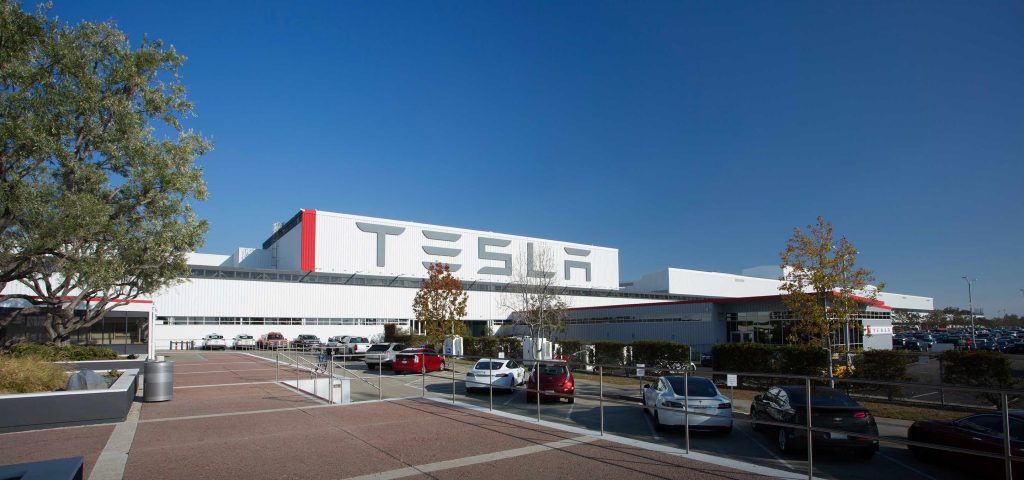
5. **Tesla’s Direct-to-Consumer Sales Model: Reshaping Automotive Retail**One of Tesla’s most significant departures from automotive industry norms lies in its innovative direct-to-consumer sales model. Unlike other manufacturers relying on franchised dealerships, Tesla sells vehicles directly through its website and a global network of company-owned stores and galleries. This strategy, implemented since inception, made Tesla the first U.S. automaker to adopt such a model since the widespread adoption of the franchised dealer system.
This direct sales approach offers distinct advantages: complete control over the customer experience, from inquiry to delivery and service. This unified approach allows consistent branding, streamlined pricing without dealer markups, and direct feedback, fostering a strong customer connection. By operating its own stores, often in high-traffic retail districts, Tesla presents products in a distinct, lifestyle-oriented environment, unlike conventional car dealerships.
However, this model has faced considerable legal and regulatory challenges, particularly in the United States. State laws in many jurisdictions prohibit direct sales, fiercely defended by powerful dealership lobbies. In these areas, Tesla operates “galleries” to “educate and inform customers about our products, but such locations do not actually transact in the sale of vehicles.” This workaround highlights the legal hurdles Tesla navigates.
Despite legal battles, Tesla’s commitment to direct sales reflects its broader philosophy of vertical integration and control. Owning the sales channel enables seamless integration of configuration, financing, software updates, and service scheduling into a digital ecosystem. This contrasts sharply with fragmented traditional dealership models, contributing to Tesla’s innovation in product and customer interaction. The Cybertruck, like all Tesla vehicles, is sold through this unique, manufacturer-controlled retail channel.
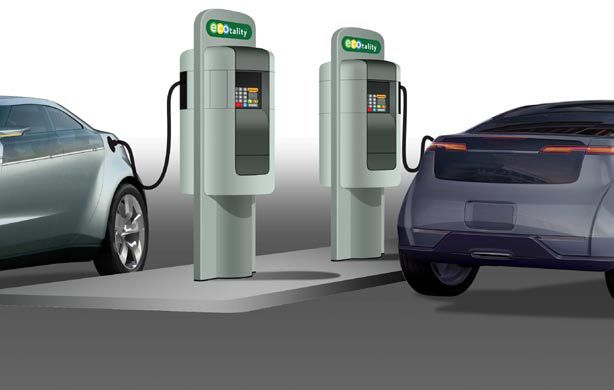
6. **The Power Within: Tesla’s Vertically Integrated Manufacturing**Tesla’s operational model is remarkably distinct, characterized by extensive vertical integration. While most automakers outsource about 80% of components, focusing on engine manufacturing and final assembly, Tesla develops and manufactures a vast array in-house: batteries, motors, and critical software. This provides unparalleled control over its products.
This strategy is a core tenet of Tesla’s business philosophy, enabling tighter quality control, faster design iteration, and greater supply chain resilience. For a revolutionary vehicle like the Cybertruck, this internal capability is crucial. Producing its own advanced battery cells (e.g., 4680 type), proprietary electric motors, and sophisticated software allows Tesla to push performance and efficiency boundaries often unachievable for companies relying on external suppliers. This ensures unique demands of a vehicle like the Cybertruck are met with tailored solutions.
Consider manufacturing implications. Tesla’s gigafactories, like Gigafactory Texas (where Cybertruck is produced), exemplify this integrated approach. These are comprehensive manufacturing hubs, producing everything from battery cells to entire vehicle structures under one roof. While Tesla recently adjusted its “next-generation gigacasting” plans, opting for a three-piece casting method, this still reflects an ongoing commitment to advanced, in-house manufacturing.
Vertical integration also enables rapid over-the-air software updates, due to tight hardware-software integration. This allows continuous improvement and new features post-purchase, transforming the vehicle into an evolving platform. For the Cybertruck, this means functionality, safety, and user experience are continuously refined long after it leaves the factory, a direct benefit of Tesla’s comprehensive ecosystem. The Cybertruck is a product of innovative design and a testament to Tesla’s belief in controlling the entire creation process.
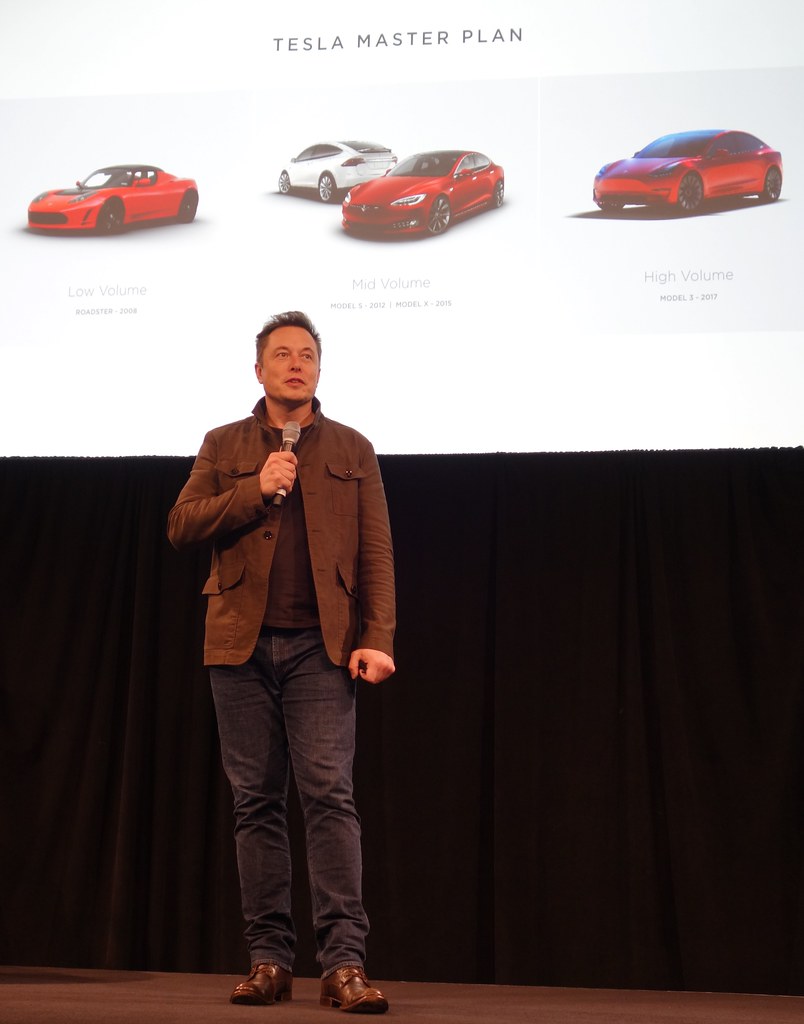
7. **The Evolution of Tesla’s Battery Technology: Powering the Future**Tesla’s commitment to vertical integration shines brightly in its relentless pursuit of battery innovation. Unlike many automakers, Tesla actively develops and manufactures a significant portion of its battery components in-house, ensuring unparalleled control over performance and efficiency. Currently, the company employs four distinct battery cell form factors, continuously pushing the boundaries of what’s possible in energy storage. These advanced batteries are strategically located under the vehicle floor, maximizing interior space while a multipart aluminum and titanium protection system safeguards them from potential road debris and impacts.
Historically, Tesla pioneered the use of cylindrical Electric vehicle in automotive applications. The first-generation Roadster utilized off-the-shelf 18650-type cells, presenting an initial engineering challenge due to their low individual capacity, requiring thousands to be bundled. However, this pragmatic decision leveraged a mature manufacturing process, ensuring consistent quality. This technology, sourced from Panasonic’s Japanese factories with NCA cathode chemistry, remains in use for Model S and Model X vehicles. Building on this, the 2170-type cell, optimized for electric cars with higher capacity, was introduced for the Model 3 and Model Y, sourced from Panasonic at Gigafactory Nevada and LG Energy Solution for vehicles from Gigafactory Shanghai and Berlin, using NMC cathode chemistry.
Pushing the envelope further, Tesla developed its latest cylindrical cell design in-house: the 4680-type. Introduced in 2021, these cells are physically five times larger than the 2170-type, allowing for even higher capacity per cell and fewer cells per pack. This homegrown innovation is currently produced by Tesla itself, with production lines established in Fremont, California, and planned for Gigafactory Nevada and Gigafactory Texas, where these cells power the Model Y and Cybertruck. The 4680 represents a significant leap in manufacturing control and energy density, showcasing Tesla’s leadership in battery design.
Beyond cylindrical cells, Tesla also integrates prismatic (rectangular) cells, particularly in many entry-level Model 3 and Model Y vehicles. These lithium iron phosphate (LFP) batteries are less energy-dense but offer a cost advantage by eliminating nickel or cobalt. Sourced from CATL’s factories in China, these cells constitute nearly half of Tesla’s vehicle production by April 2022 and are also crucial for the Megapack grid-scale energy storage. Furthermore, Tesla actively invests in battery research partnerships, like with Dalhousie University, and is establishing a lithium refinement facility in Texas, aiming to streamline the supply chain and reduce environmental impact by eliminating sulfuric acid from processing.
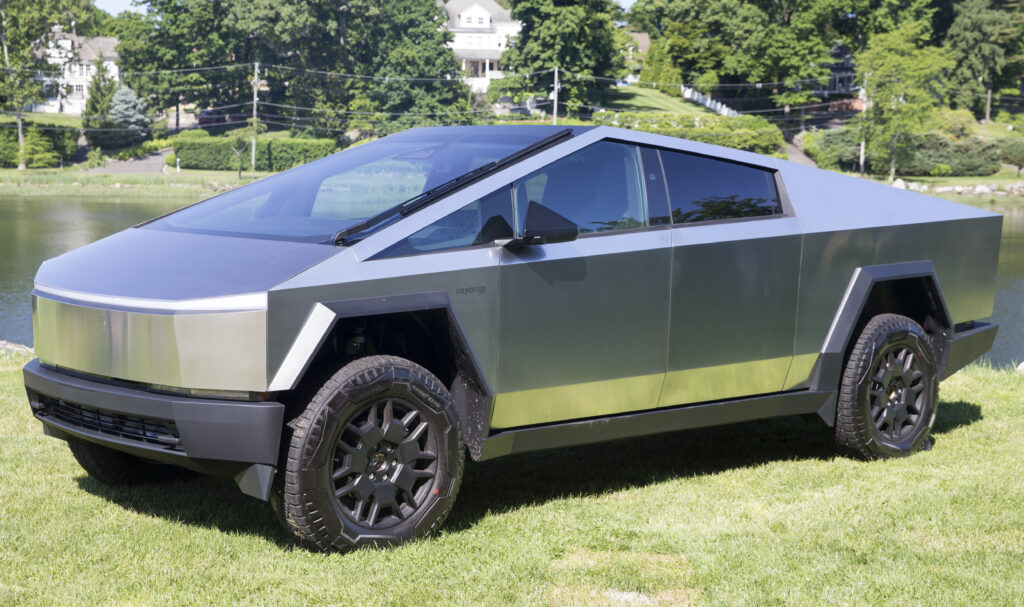
8. **Software Prowess: Over-the-Air Updates and AI Integration**Tesla’s technological edge extends far beyond hardware, deeply embedding itself in sophisticated software that redefines the automotive experience. The company’s pioneering use of over-the-air (OTA) updates has transformed vehicles from static products into evolving platforms. Enabled by tight integration between a few powerful onboard computers, this approach stands in stark contrast to traditional automakers, who historically relied on fragmented electronic components that often lacked software-level interoperability. For Tesla owners, this means continuous improvement, new features, and problem fixes are delivered seamlessly, long after a vehicle leaves the factory.
This software-first strategy gives Tesla unprecedented control over its products, allowing for rapid iteration and adaptation. Functionality, safety enhancements, and user experience refinements can be pushed out globally with remarkable speed, directly benefiting the entire fleet. By maintaining this tight hardware-software loop, Tesla ensures that its vehicles are always at the forefront of technological advancement, constantly gaining new capabilities and efficiency improvements, making each vehicle a progressively better experience.
In a clear sign of Tesla’s ongoing commitment to pushing technological boundaries, the company has begun integrating advanced artificial intelligence into its vehicles. In July 2025, a significant software update introduced the AI chatbot Grok to Tesla cars, providing users with sophisticated in-car chatbot functionality. While this initial integration focuses on conversational AI, it’s an important step in enhancing the interactive capabilities within the vehicle, allowing for more natural and intuitive user interfaces.
Further expanding its AI footprint, Tesla integrated Deepseek and Bytedance’s Doubao AIs into its Chinese models in August 2025. This development carries a crucial distinction: unlike vehicles equipped with Grok, the AI in Tesla’s Chinese vehicles may be used to control vehicle functions, in addition to acting as a chatbot. This divergence highlights a progressive approach to AI integration, potentially setting the stage for more deeply embedded intelligent control systems in future models and showcasing a dynamic, region-specific application of AI capabilities.

9. **Tesla’s Charging Ecosystem: Superchargers, Destination, and NACS**Central to Tesla’s vision of widespread electric vehicle adoption is its robust and expansive charging infrastructure. The Supercharger network, first introduced on September 24, 2012, has grown into a global powerhouse, providing high-voltage direct current fast charging capabilities. As of September 2025, this impressive network boasts approximately 7,700 Supercharger stations with over 73,000 connectors worldwide, making it a critical asset for long-distance EV travel. With plans to increase output capacity to 500 kW in the future, the Supercharger network continues to solidify Tesla’s position as a leader in rapid charging technology.
Complementing the Supercharger network is Tesla’s array of “Destination Chargers.” These slower charging points are strategically placed at locations where drivers typically park for several hours, such as hotels, restaurants, and shopping centers. Unlike Superchargers, these units are owned and operated by property owners, who also set the pricing. This collaborative model has seen significant adoption, with major partners like Hilton Worldwide agreeing in 2023 to install 20,000 chargers across 2,000 North American properties by 2025, greatly expanding convenience for Tesla owners and other EV drivers.
Perhaps one of Tesla’s most impactful contributions to the broader EV industry is the increasing adoption of its North American Charging Standard (NACS). Between May 2023 and February 2024, nearly every major North American EV manufacturer announced plans to transition to Tesla’s NACS adapters for their vehicles by 2025. This widespread industry shift is a testament to the efficiency and reliability of Tesla’s charging connector and its associated infrastructure, establishing a new de facto standard for the region.
The widespread acceptance of NACS is not merely a technical triumph; it’s a significant strategic victory for Tesla. This move is expected to become a stable source of recurring revenue for the company, as other manufacturers integrate the standard and potentially utilize Tesla’s network. It further solidifies Tesla’s influence over the future of electric vehicle charging, positioning the company not just as a car manufacturer, but as a foundational pillar of the entire sustainable transportation ecosystem. This move ensures Tesla remains at the heart of the EV revolution, powering not just its own vehicles but an increasing number of competitors.
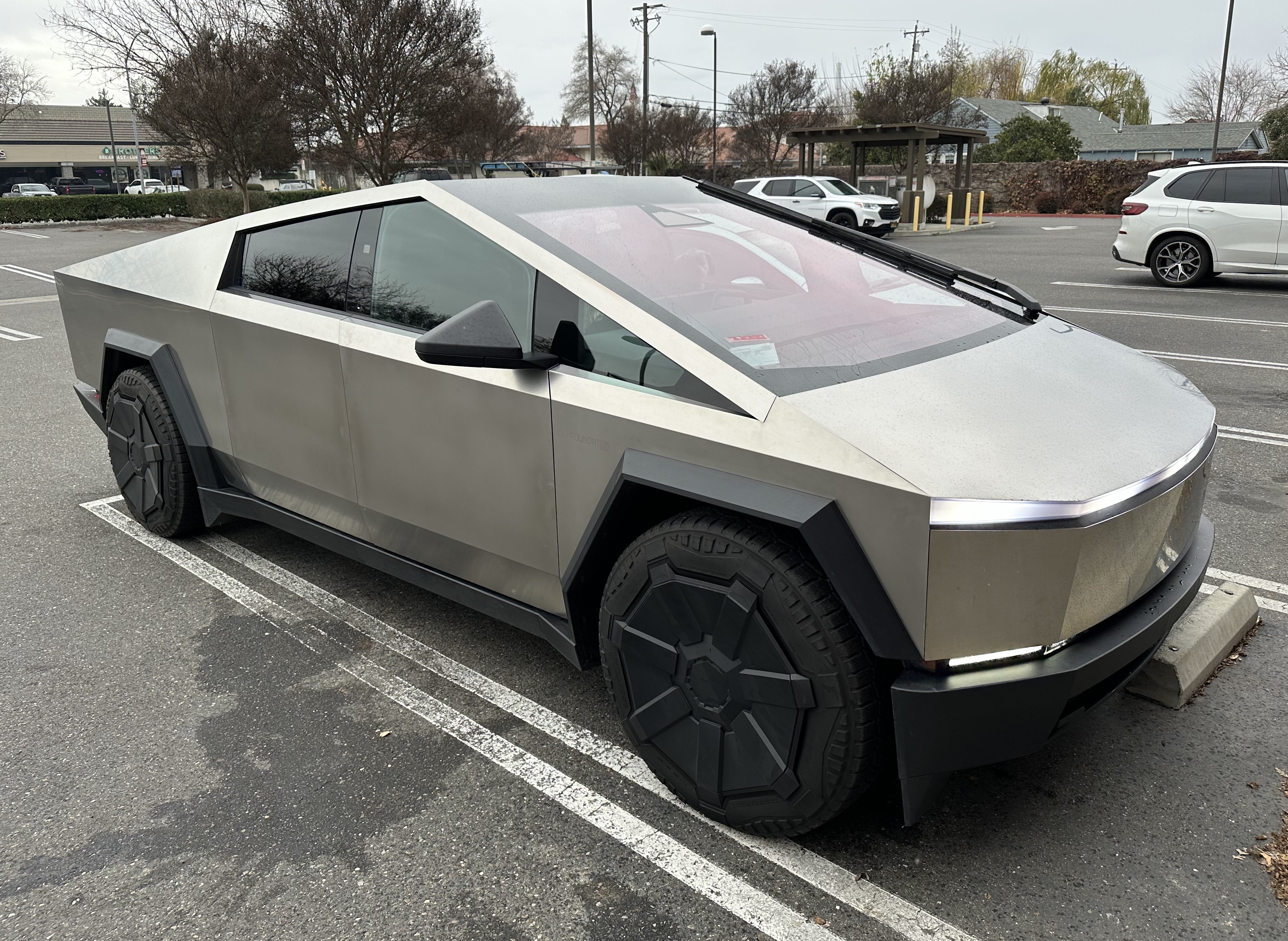
10. **Beyond Vehicles: Tesla Energy’s Role in a Sustainable Future**Tesla’s ambition extends far beyond building electric vehicles; it encompasses a comprehensive vision for a clean energy future, largely spearheaded by its Tesla Energy subsidiary. This vital division, formed through the merger of Tesla’s existing battery energy storage products with the acquired SolarCity, actively develops, builds, sells, and installs solar energy generation systems and battery energy storage solutions. These offerings cater to residential, commercial, and industrial customers, reflecting the company’s mission to accelerate the world’s transition to sustainable energy across all sectors.
The product portfolio of Tesla Energy is extensive and innovative. For energy generation, it offers high-quality solar panels (manufactured by other companies for Tesla), the aesthetically integrated Tesla Solar Roof (a unique solar shingle system), and the Tesla Solar Inverter. On the energy storage side, the Powerwall provides a reliable home energy storage solution, while the larger-scale Megapack system serves grid-scale applications. In 2023, Tesla Energy demonstrated impressive growth, deploying 14.7 gigawatt-hours of battery energy storage products, a remarkable 125% incre、ase over the previous year, though solar energy system deployment saw a decrease.
Tesla Energy also leverages advanced software platforms to optimize energy management. For its large-scale customers, an online platform facilitates automated, real-time power trading, demand forecasting, and sophisticated product control. This intelligent system was already managing over 1.2 GWh of storage by March 2021, showcasing its capability to efficiently manage substantial energy assets and contribute to grid stability and efficiency. These capabilities are crucial for integrating intermittent renewable energy sources into existing power grids.
Further illustrating its innovative approach, Tesla operates a virtual power company in Texas called Tesla Electric. This initiative utilizes the company’s online platforms to intelligently manage customers’ Powerwall devices. The system strategically discharges stored energy from these Powerwalls back into the grid when electricity prices are high, generating earnings for customers. This model not only provides financial benefits to Powerwall owners but also reinforces Tesla’s vision of a decentralized, resilient, and integrated energy ecosystem, where individual homes contribute to a larger, sustainable energy network.
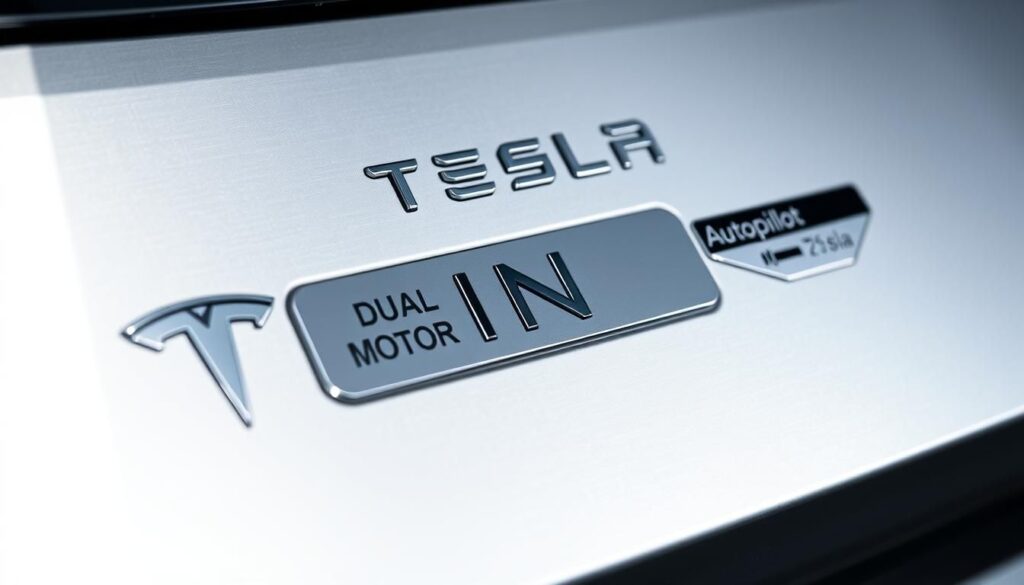
11. **Pioneering Autonomy: From Autopilot to Robotaxi and Beyond**Tesla’s long-standing ambition for autonomous driving has been a core pillar of its technological development, beginning with the introduction of Tesla Autopilot in 2014. This driver-assistance system, initially supported by sensors and software integrated into all Tesla cars from that point, laid the groundwork for the company’s grander aspirations. Autopilot serves as the evolutionary precursor to Tesla’s more advanced autonomous capabilities, continuously refined through vast amounts of real-world driving data and over-the-air updates.
The culmination of these efforts is Tesla’s vision for a comprehensive Robotaxi service, which launched in Austin, Texas, in 2025. This ride-hailing service represents a bold step toward fully autonomous transportation, currently operating with human supervisors but with the explicit “intent of eventually allowing for fully autonomous rides.” This phased rollout allows for real-world testing and gradual scaling, building confidence in the technology while addressing regulatory and safety considerations.
Expanding on this autonomous future, Tesla unveiled a concept version of its Cybercab in October 2024. This two-passenger battery-electric self-driving car is designed without a steering wheel or pedals, embodying the purest form of autonomous transportation. Prototypes provided short rides to attendees at the announcement event, offering a glimpse into a future where personal vehicles are entirely controlled by AI. The production of the Cybercab is planned to be fully autonomous and is targeted for release before 2027, integrating seamlessly into the Robotaxi service.
Further cementing its future in autonomous logistics and shared mobility, Tesla also announced the Robovan in October 2024. This electric autonomous van is planned for future development and designed to carry up to 20 passengers, offering solutions for larger group transport. Both the Cybercab and Robovan are envisioned as integral components of the “Tesla Network,” a comprehensive ride-hailing service previously teased in 2019. This integrated ecosystem underscores Tesla’s expansive vision to revolutionize not just personal car ownership, but the entire landscape of transportation through autonomous technology.
Read more about: Unpacking Autonomy: A Consumer’s Guide to Leading Self-Driving Systems
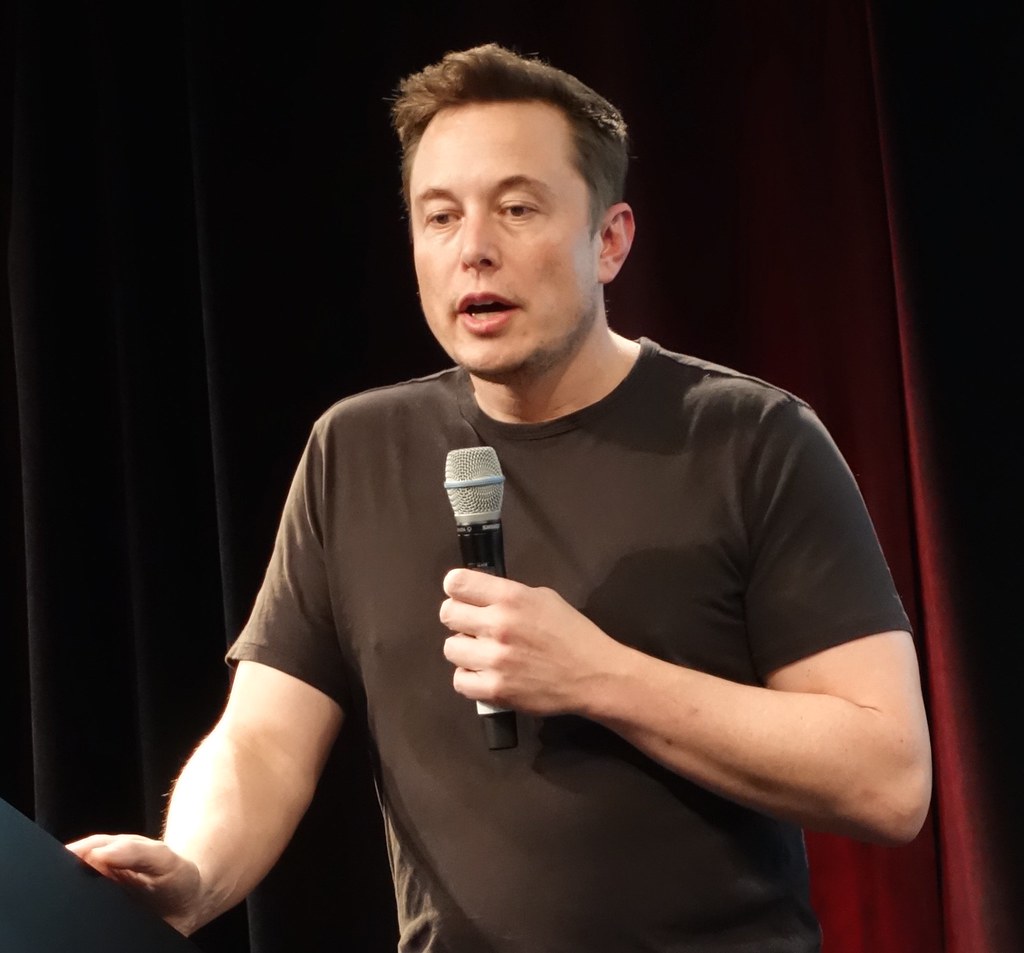
12. **Navigating the Storm: Tesla’s Enduring Challenges and Public Scrutiny**Despite its groundbreaking innovations and market leadership, Tesla has navigated a turbulent path marked by significant challenges and intense public scrutiny. The company has frequently been the subject of numerous “lawsuits, boycotts, government scrutiny, and journalistic criticism.” These issues have stemmed from a wide array of allegations, reflecting the complexities of operating a rapidly expanding, unconventional technology and automotive company on a global scale.
Among the recurring criticisms are serious allegations concerning worker rights and workplace conditions. These include “whistleblower retaliation, worker rights violations such as ual harassment and anti-union activities,” which have drawn considerable negative attention. Furthermore, Tesla has faced concerns regarding “safety defects leading to dozens of recalls,” underscoring the persistent challenges of scaling production and maintaining stringent quality control while innovating at an unprecedented pace.
Elon Musk’s leadership, while visionary, has also been a consistent source of controversy. His public statements have sometimes led to “overpromising on the company’s driving assist technology and product release timelines,” generating scrutiny and disappointment. Notable instances, such as his 2018 social media post about taking Tesla private, resulted in a securities fraud charge from the SEC, requiring him to pay a $20 million fine and step down as chairman, illustrating the high stakes of his public pronouncements.
More recently, Tesla has encountered substantial financial and reputational headwinds. In December 2024, a Delaware court rejected Musk’s $56 billion pay package, siding with shareholders who claimed it was excessive. Furthermore, early 2025 saw “large decreases in its stock price and sales across Europe,” widely attributed to “Elon Musk’s political advocacy and embrace of far-right politics.” This period, marked by protests, vandalism, and the longest losing streak for Tesla in 15 years by March 2025, highlights the evolving and often contentious relationship between corporate leadership, public perception, and market performance.
As we’ve journeyed through the intricate world of the Tesla Cybertruck and the broader ecosystem that birthed it, one truth remains strikingly clear: Tesla thrives on the unconventional. From audacious design choices and revolutionary manufacturing processes to cutting-edge battery technology, advanced AI, and a holistic energy vision, the company consistently challenges norms. It’s a narrative woven with both groundbreaking success and the inevitable friction that comes from relentlessly pushing boundaries. Whether you see it as a glimpse into a utopian future or a bold, often imperfect experiment, Tesla’s Cybertruck represents an undeniable force in shaping the destiny of transportation and sustainable energy, inviting us all to reconsider what’s truly possible.

